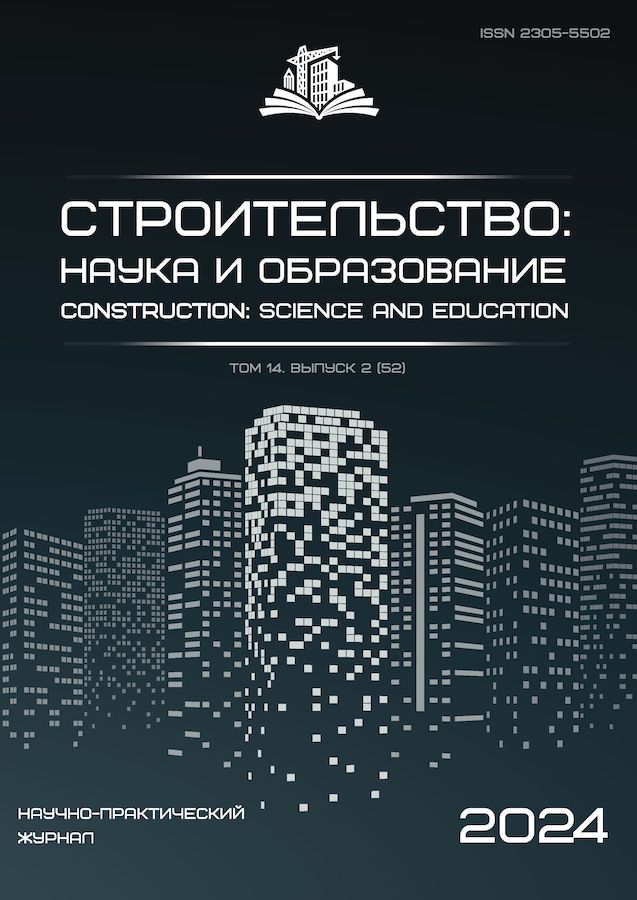Введение. Проанализировано возникновение дефектов на железобетонных стволах дымовых труб в настоящих условиях эксплуатации. Изучена история строительства железобетонных дымовых труб. Использованы общепризнанные обзорно-аналитические методы исследования. Проведена аналитическая работа по действующим способам устранения дефектов на железобетонных стволах, сделан вывод о неэффективности данных решений.Материалы и методы. Выполнены обследования железобетонных дымовых труб, построенных в 1950–1980 гг., включающие изучение конструктивных особенностей и способов строительства, анализ условий эксплуатации, визуальное обследование, а также обследование строительных конструкций разрушающим и неразрушающим методами контроля. Выявлены взаимосвязи конструктивных решений железобетонного ствола к действующим нагрузкам от подключенных устройств к газоотводящему стволу, влияющих на внутреннюю и, как следствие, внешнюю оболочку железобетонных труб, в связи с переходом на другой вид топлива, которое не соответствует дымовой трубе по проекту. Осуществлен анализ возникновения дефектов и современные способы их устранения.Результаты. Установлено в ходе обследования, что с возникновением дефектов, образованных от перехода с твердого на газообразное топливо, несущая способность железобетонных дымовых труб резко снижается, что приводит к аварийности сооружений. Современные методы устранения дефектов вызывают бо́льшие по площади разрушения, так как временно устраняют только последствия, но не устраняют причины возникновения дефектов железобетонных дымовых труб. В связи с этим появляется опасность для работы технических устройств, подключенных к дымовым трубам, зданиям, находящимся в непосредственной близости к сооружениям, а также опасность для жизни работающего персонала.Выводы. Полученные результаты позволяют обоснованно говорить о неэффективности современных способов устранения дефектов, которые имеют краткосрочный эффект и способствуют бо́льшим разрушениям, приводя сооружения к аварийному состоянию.
 6-17
6-17


 18-31
18-31


 32-44
32-44


 45-65
45-65


 66-74
66-74


 75-94
75-94


 95-112
95-112


 113-148
113-148


 149-165
149-165


 166-177
166-177


 178-194
178-194










